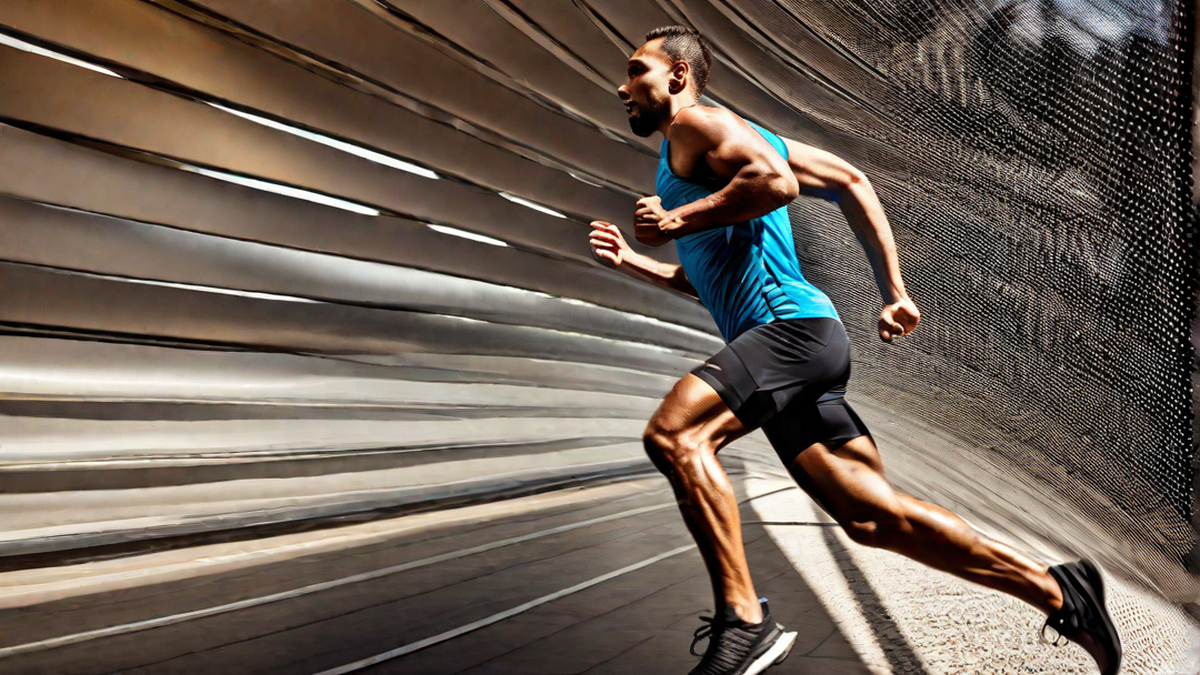In recent years, there has been a lot of buzz surrounding zero drop running shoes and their potential benefits for runners. As an avid runner myself, I have experimented with different types of shoes and wanted to dive deeper into the world of zero drop running shoes to determine if they truly live up to the hype.
First, let’s start with the basics. Zero drop running shoes are characterized by having no height difference between the heel and the forefoot. In other words, the sole of the shoe is flat from heel to toe, providing a more natural and barefoot-like feel. This is in contrast to traditional running shoes, which typically have a higher heel and a drop of anywhere from 8mm to 12mm.
One of the main arguments in favor of zero drop shoes is that they promote a more natural running form. By allowing the foot to lie flat on the ground, it is believed that zero drop shoes encourage a forefoot or midfoot strike, as opposed to a heel strike. This can potentially lead to a more efficient running stride and reduce the risk of certain running-related injuries, such as shin splints and plantar fasciitis.
Another benefit often associated with zero drop shoes is improved proprioception. Proprioception refers to the body’s ability to sense its position, motion, and balance. With a flatter sole, runners may have a better sense of their foot placement and body alignment, leading to increased stability and control during running.
However, it is important to acknowledge that zero drop shoes are not suitable for everyone. Transitioning from traditional running shoes to zero drop shoes requires a gradual adjustment period to allow the muscles and tendons of the feet and calves to adapt to the new running style. Jumping into zero drop shoes too quickly can put excessive strain on these muscles and increase the risk of injury.
Additionally, runners with certain biomechanical characteristics, such as a naturally high arch or a history of Achilles tendon issues, may find that zero drop shoes do not provide enough support or cushioning. It is always important to listen to your body and consult with a professional if you have any concerns or pre-existing conditions.
In conclusion, zero drop running shoes can be a valuable tool for runners looking to improve their form and enhance their running experience. However, it is essential to approach the transition to zero drop shoes gradually and consider individual biomechanics and needs. As with any significant change in footwear or training routine, it is crucial to listen to your body and make informed decisions. Happy running!

